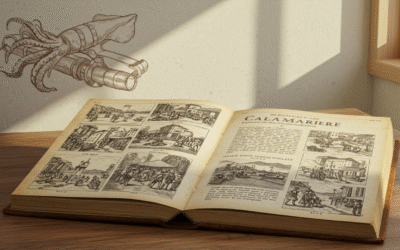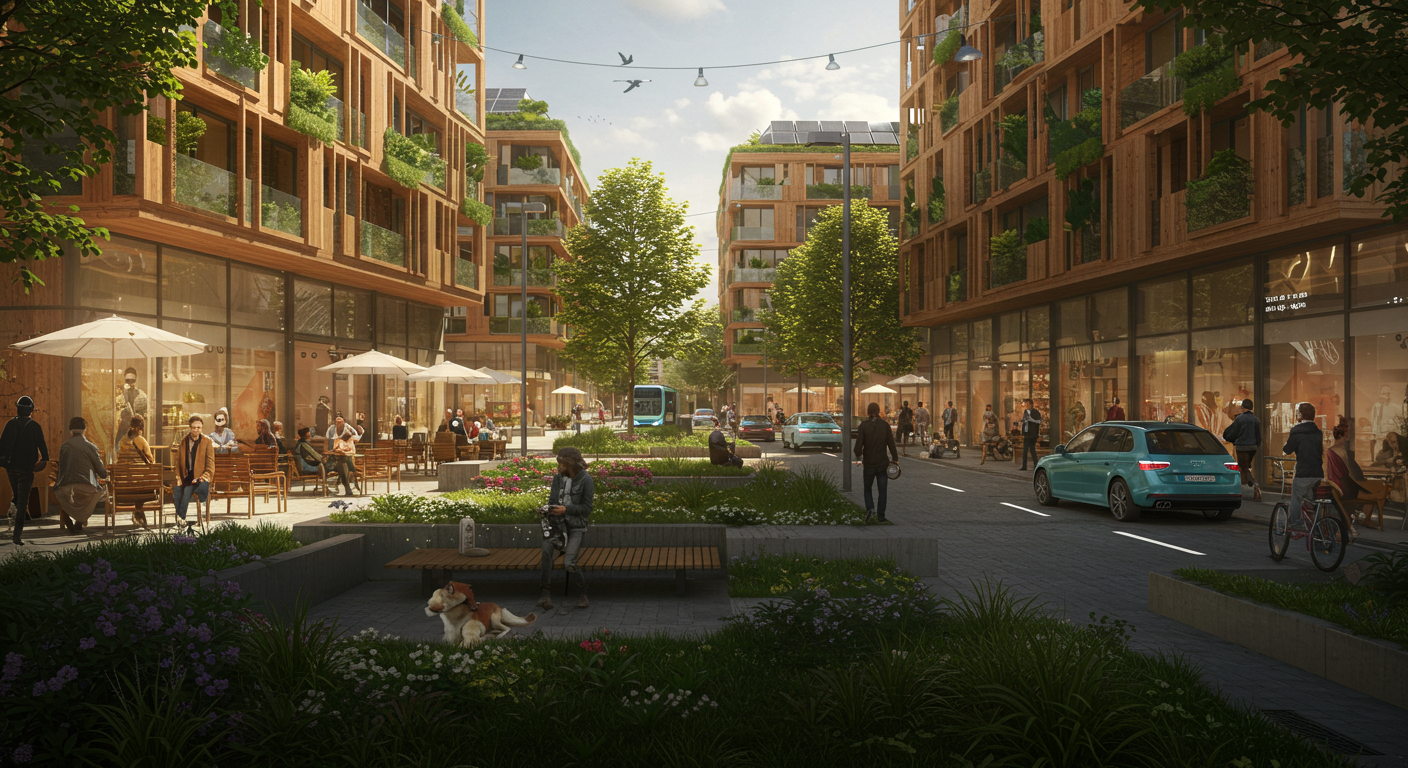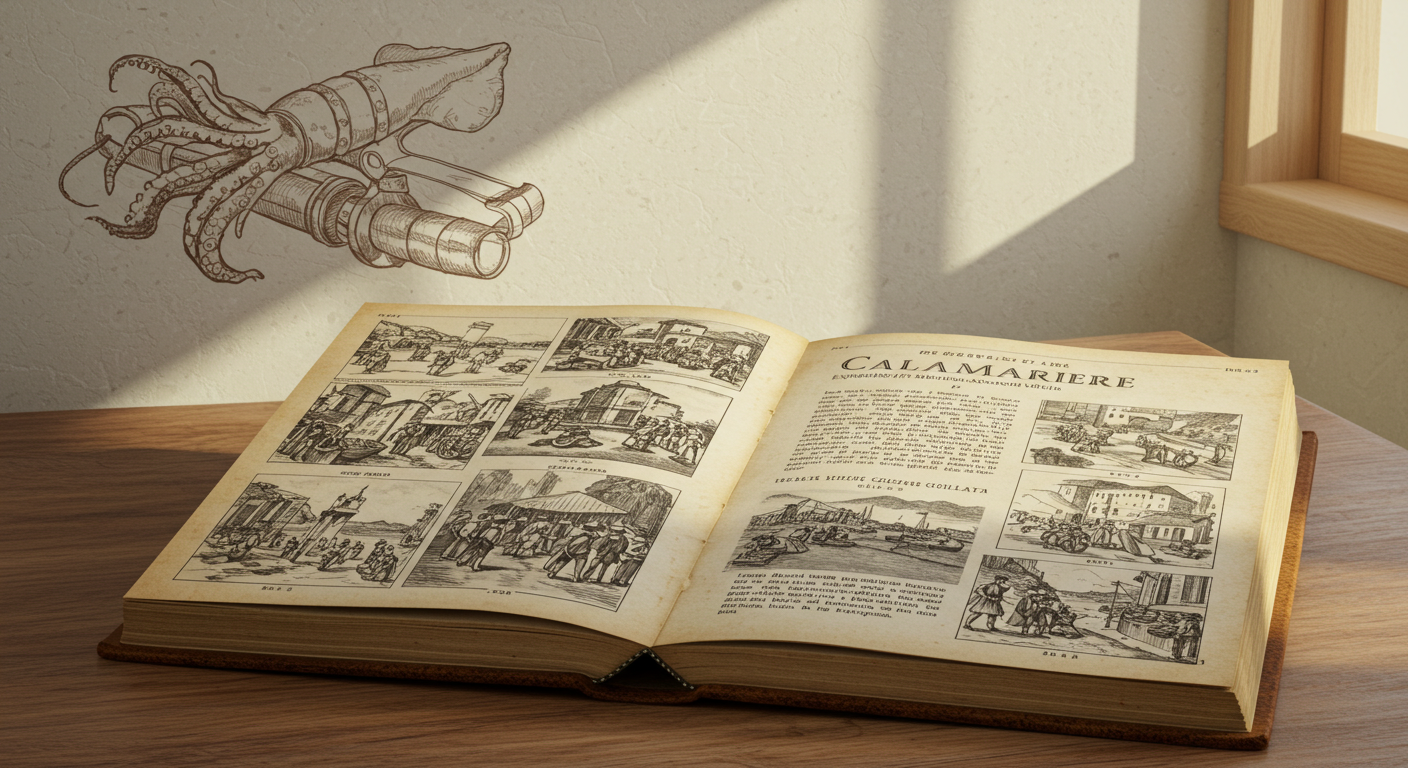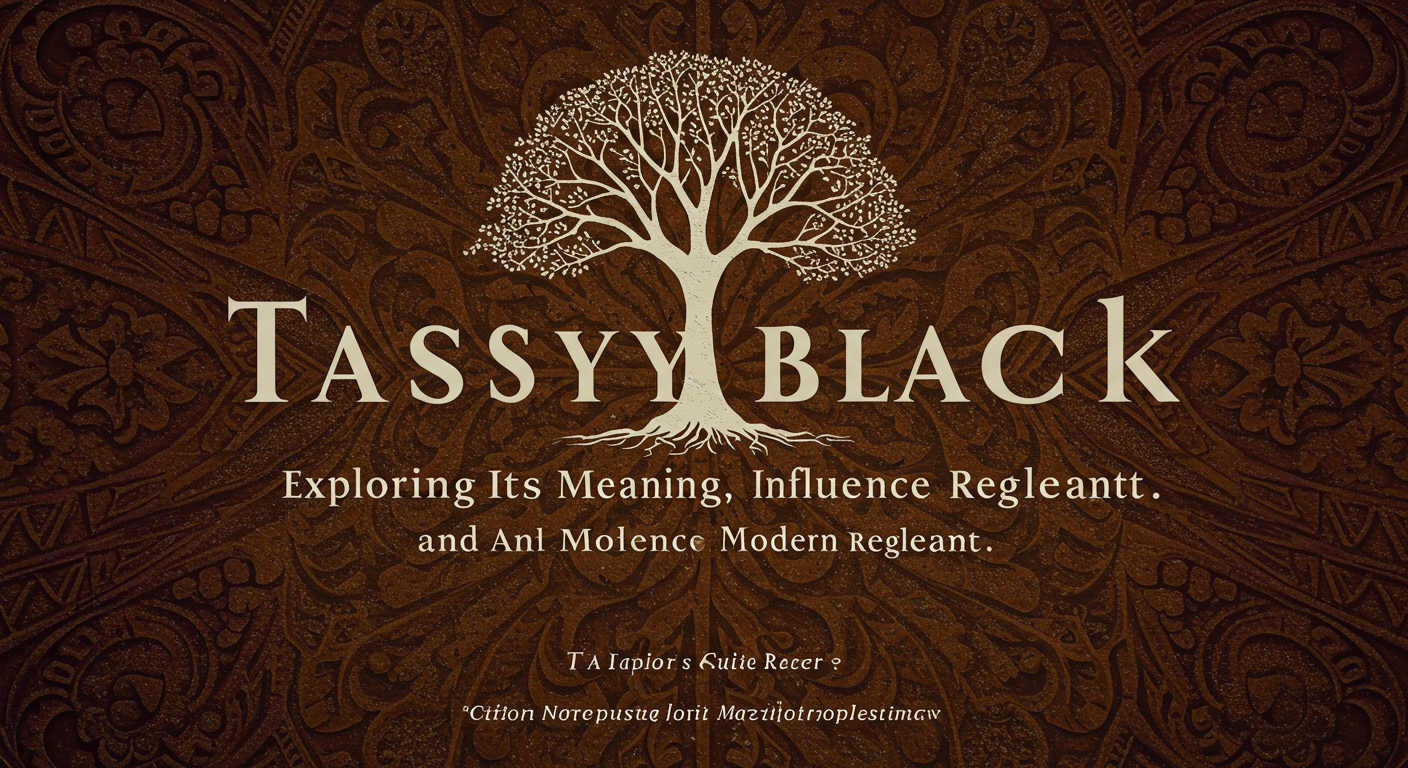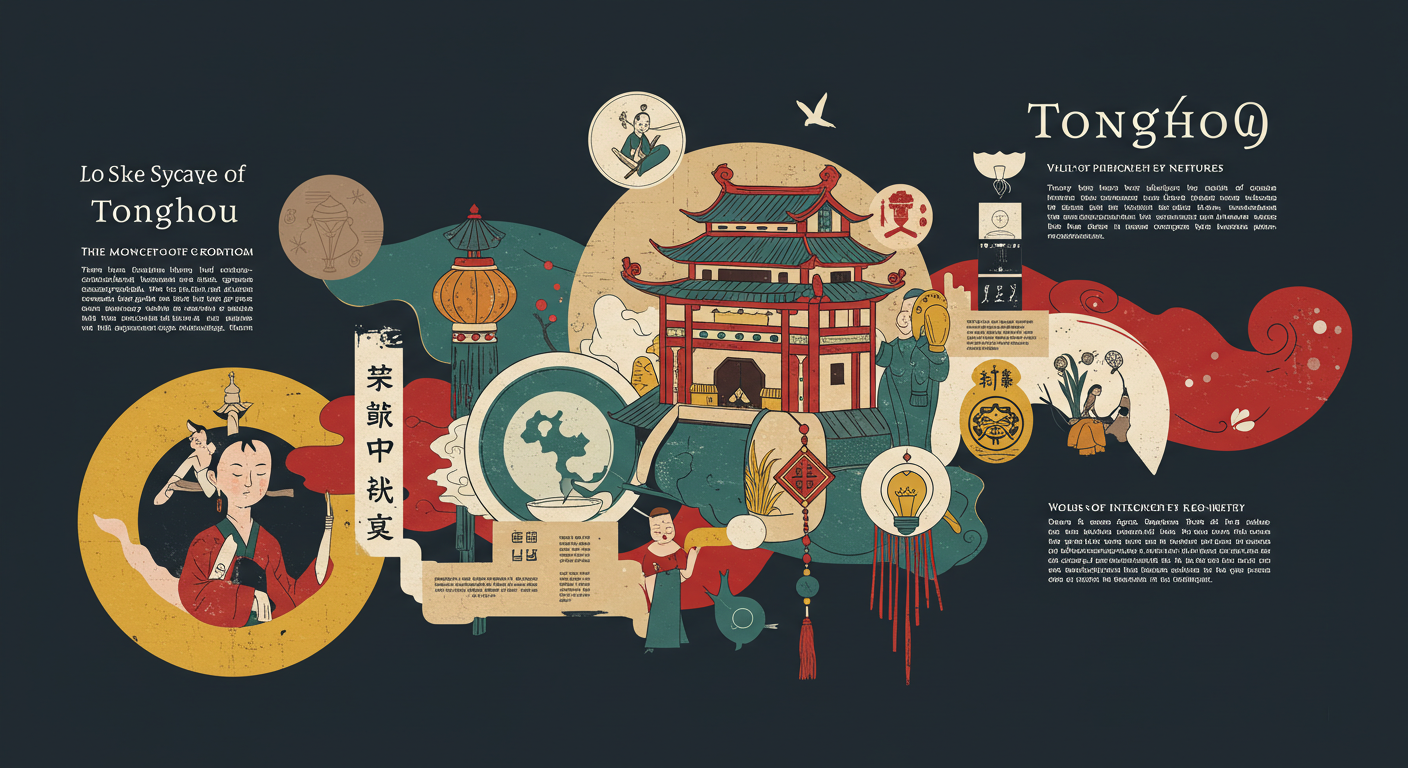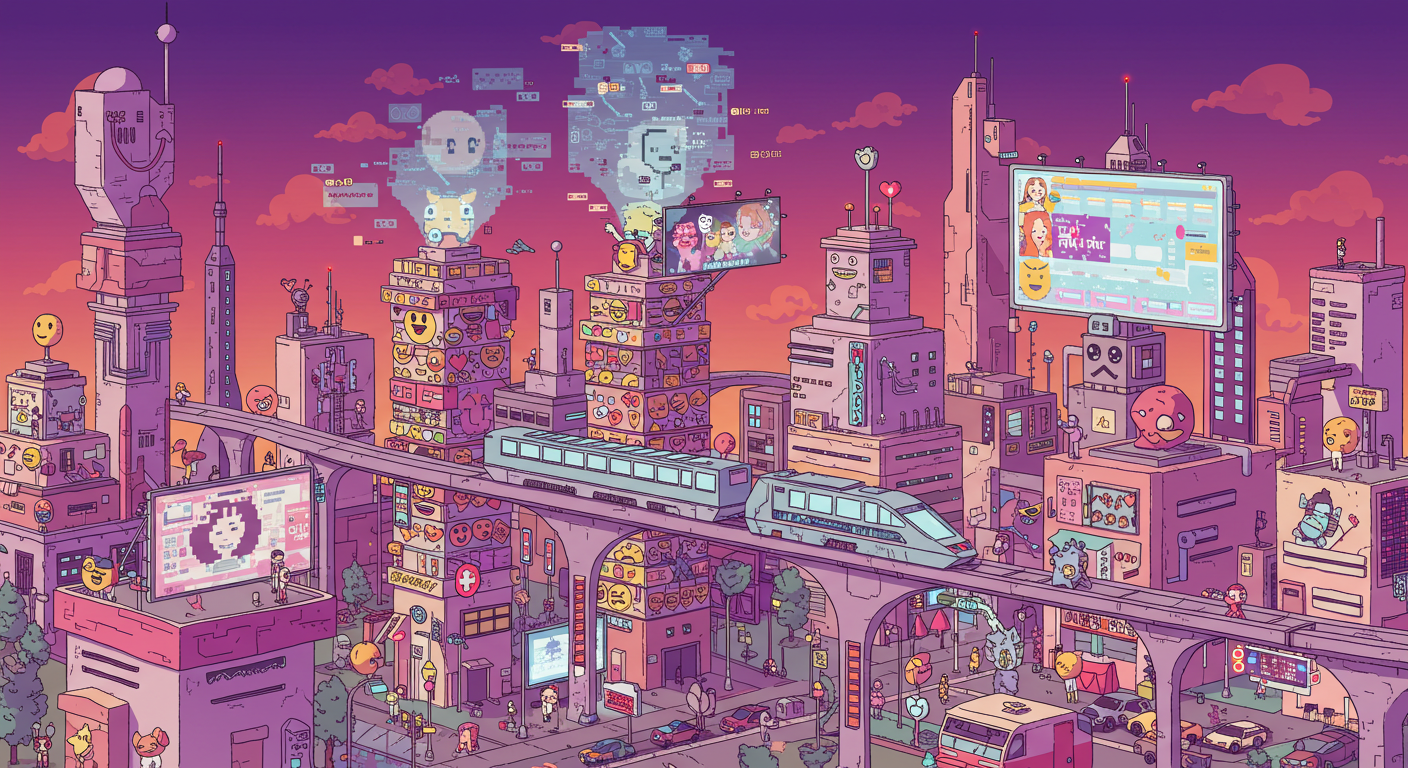The modern world is rapidly evolving, and with it, so is our way of living. One emerging concept gaining attention in architecture, lifestyle, and design circles is axurbain. This term encapsulates a fresh vision of urban living—one that values creativity, sustainability, and technological progress. Whether you’re an architect, a city dweller, or a lifestyle enthusiast, the concept of offers new perspectives on how we interact with our environments.
Understanding the Axurbain Concept
Axurbain is more than a trendy word—it’s a movement that merges urban functionality with aesthetic depth. The term likely originates from a combination of “axis” and “urbain” (French for “urban”), symbolizing the central path or direction of city development in a smarter, greener, and more people-centric way.
At its foundation, axurbain promotes organized yet flexible spaces that accommodate human needs, technology, and environmental considerations. It’s about creating urban areas that are not only livable but also meaningful and inspiring.
Why Is Axurbain Important Today?
As cities grow denser and more complex, the need for thoughtful planning becomes urgent. Axurbain responds to the problems of overcrowding, pollution, and uninspired cityscapes by offering a smarter alternative.
Rather than prioritizing buildings over people or speed over quality, axurbain puts the human experience at the center. It suggests that a city should be more than a place to live—it should be a place to thrive.
Key Elements of Axurbain Living
1. Integrated Smart Technology
Smart infrastructure is a critical aspect of axurbain design. From AI-powered traffic systems to intelligent lighting and responsive buildings, technology is used to improve efficiency, safety, and convenience in everyday life.
2. Eco-Friendly and Sustainable Environments
Sustainability is not optional—it’s essential. The axurbain model includes features such as solar energy, green rooftops, rainwater collection systems, and the use of recyclable materials in construction.
3. Human-Centered Design
Axurbain projects aim to build more than buildings—they build communities. Public parks, communal spaces, art installations, and pedestrian zones are essential parts of this vision, encouraging interaction, creativity, and well-being.
4. Artistic Urban Aesthetics
A defining feature of axurbain is its attention to design. Structures are often sleek, minimal, and visually engaging. This fusion of function and beauty ensures that city life feels less mechanical and more inspirational.
The Rise of Axurbain in Modern Architecture
Urban architects are increasingly adopting axurbain principles to address the needs of growing populations. In cities like Amsterdam, Melbourne, and Seoul, we see examples of mixed-use buildings, green infrastructure, and community-oriented spaces.
One notable trend is the development of compact, modular housing that maximizes efficiency without sacrificing comfort. These spaces are often paired with smart tech and environmentally friendly materials—hallmarks of axurbain thinking.
Axurbain and Its Impact on Lifestyle
The influence of axurbain extends beyond city planning and architecture into daily life. People are embracing a more mindful, organized, and eco-conscious way of living.
Fashion and Design
Minimalist clothing, functional accessories, and sustainable fabrics are gaining popularity among those who follow the axurbain lifestyle. Style, in this context, is about simplicity, durability, and adaptability.
Home Interiors
Homes are becoming smarter and more efficient. Clean lines, natural light, multi-purpose furniture, and energy-efficient appliances all reflect the axurbain aesthetic and ethos.
Social Behavior
There’s also a cultural shift. The mindset promotes local engagement, sustainability, and digital wellness. Urbanites are becoming more aware of their consumption patterns and the role they play in shaping their environments.
Challenges to Implementing Axurbain Ideas
Despite its promise, axurbain also faces obstacles. Cost is a major issue, as smart technologies and sustainable materials can be expensive. Older cities may also struggle with outdated infrastructure that’s difficult to retrofit.
Additionally, there’s a need for policy reforms to support this model. Without cooperation from governments and developers, scaling the approach remains a challenge.
How You Can Adopt the Axurbain Lifestyle
Even if your city hasn’t fully embraced axurbain planning, you can still live in alignment with its values. Here are a few practical steps:
-
Declutter your living space to embrace minimalist design
-
Use public or eco-friendly transportation to reduce your carbon footprint
-
Invest in smart home technology that conserves energy
-
Support local artisans and businesses for ethical consumption
-
Add greenery to your home or support urban gardening projects
These small changes collectively reflect the axurbain vision on a personal scale.
What the Future Holds for Axurbain Cities
Looking ahead, we can expect the axurbain model to become increasingly mainstream. As technology becomes more accessible and sustainability becomes a global priority, more cities will begin to reflect the axurbain philosophy.
Future developments may include:
-
AI-based city management systems
-
Autonomous public transport fleets
-
Digital public spaces for remote collaboration
-
Modular living communities
-
Vertical farming in residential zones
The next generation of urban development will likely be driven by these forward-thinking, axurbain-inspired strategies.
Conclusion: The Meaning of Axurbain in a Changing World
In a world facing rapid urbanization, environmental crises, and social fragmentation, offers a new path—one rooted in harmony, intelligence, and design.
It’s not just about building smarter cities; it’s about building better lives. Whether through eco-conscious homes, community-friendly spaces, or smart technologies, is shaping a future where cities don’t just grow—they evolve.
Adopting means choosing innovation without losing humanity, and embracing progress without forgetting the planet.


